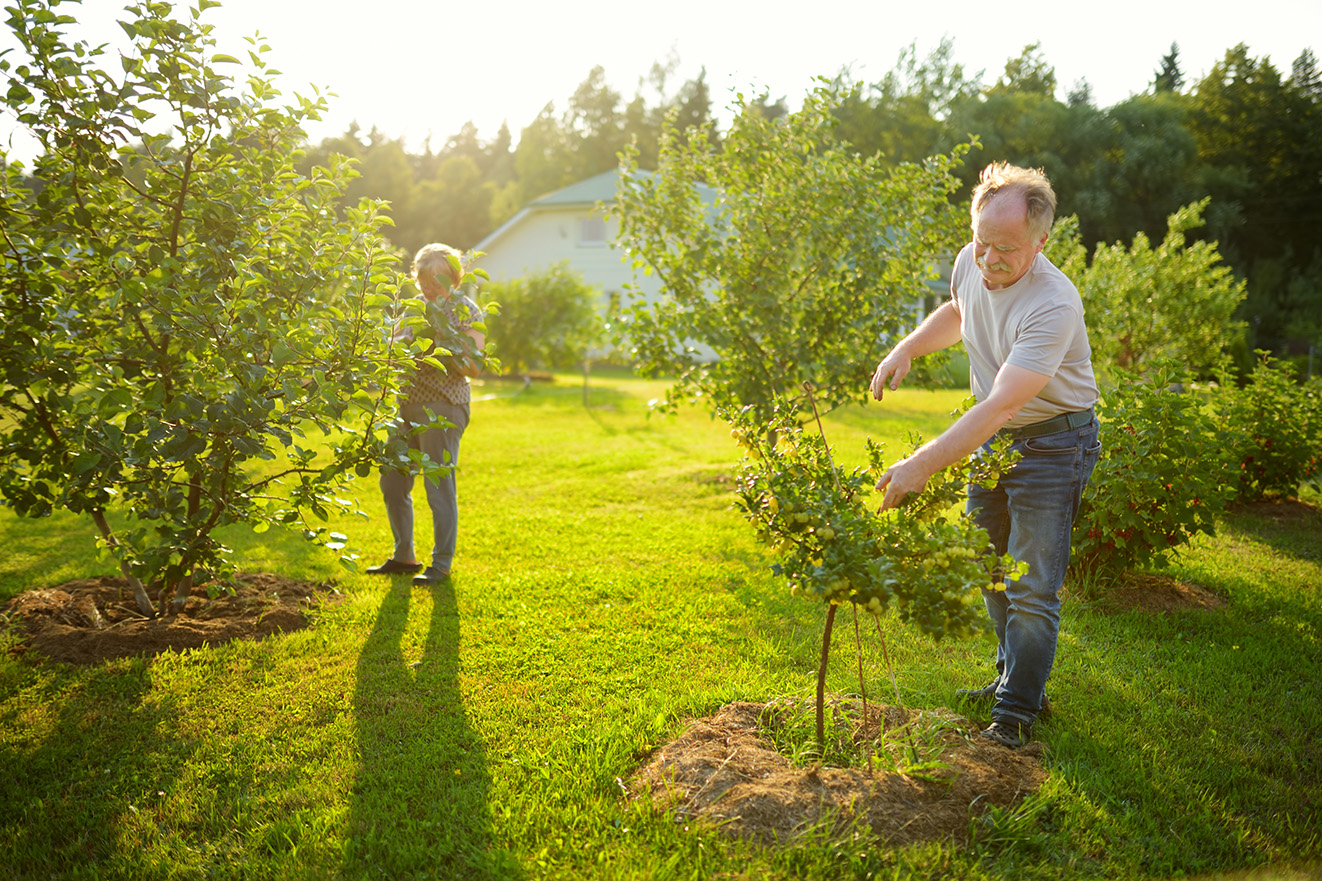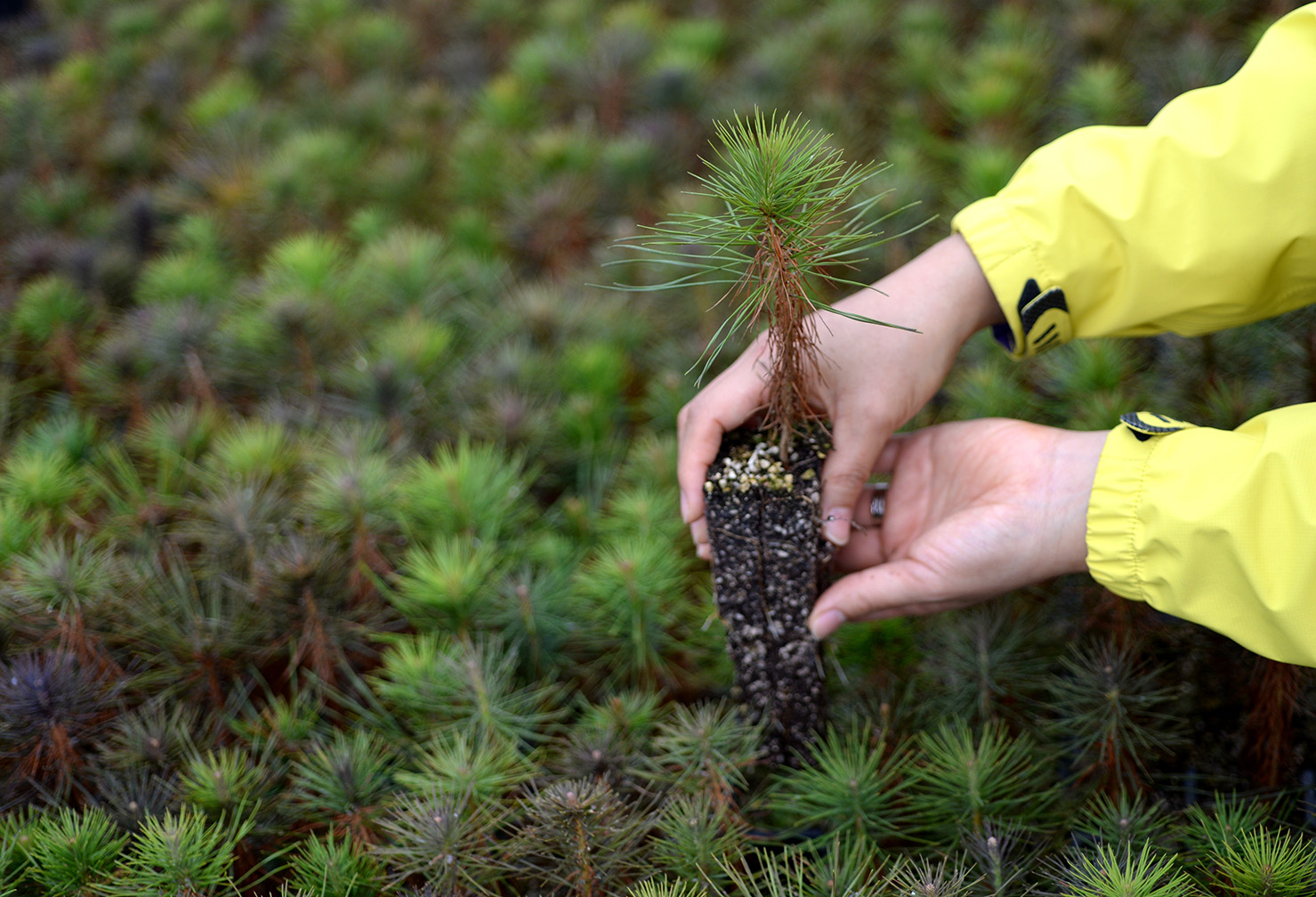How to Choose a Healthy Tree to Plant
There’s more to choosing a tree than just picking the one you like best. You have to select the healthiest and strongest tree that matches your land and growing conditions. If your tree is meant for a different climate or doesn’t have enough room to grow, it will likely cost you money and cause struggles further down the line. Choosing the right tree can take time and effort, but the reward is a healthy, thriving tree on your property for decades to come.
The first step in choosing the perfect tree is to determine your planting conditions. You can do this by asking yourself a few simple questions.
Choosing the Right Tree for Your Planting Conditions
Why Are You Planting the Tree?
The first thing to ask yourself is why you want to plant a tree. This holds true whether you are a homeowner or a commercial project developer; you always need to evaluate the purpose of your tree-planting endeavor before you begin.
Shade is a common reason for planting a tree and requires a larger tree with sprawling branches and foliage. Shade is greatly appreciated in commercial developments, where people sit and find communal space under the tree.
You might plant a tree to screen the view of an unsightly building or plot of land visible from your home or development.
Trees and shrubs are excellent for attracting wildlife and providing a natural habitat for woodland creatures.
Planting fruit- or nut-bearing trees not only provides an alternate source of food; it also creates a breeding ground for bees and other helpful animals and insects.
Trees carry history and meaning. Some people plant trees as part of a family legacy. Communities might plant particular trees to reflect on their history and strengthen their sense of community and a common unifying background.
Finally, you might plant a tree simply because it is beautiful. Some trees have spectacular fall foliage, while others blossom with extraordinary flowers and aromas. Trees are highly diverse, and their beauty is equally varied. Adding beauty is always a worthwhile endeavor.
Regardless of your reasons, the trees you plant will be of benefit not only to you, your landscaping, and your quality of life, but also to the environment as a whole.
Where Do You Plan to Plant Your Tree?
The next step is to make sure you are planting your tree in a good location. Here are some important elements to consider:
- Overhead and underground lines. A location with overhead power lines is best suited for trees that won’t grow too tall or wide and potentially cause an obstruction in the future. For underground lines and pipes, consider that some trees have expansive and invasive root systems that can cause a lot of damage. Determine how much space your tree will have to grow and choose accordingly.
- Climate. A palm tree might flourish in Florida, but it will not fare so well in northern Minnesota. The USDA Plant Hardiness Zone Map is an excellent resource to determine which trees are likely to flourish in your planting location.
- Soil. Some trees are easy to grow, no matter the soil conditions. However, many trees have specific soil requirements, such as good drainage or sandy soil. If the soil conditions are not met, your tree will wither. Since it is difficult to change the soil under your feet, consider instead adapting your planting plans to match your soil.
- Water. All trees need water and sun to grow, but the amount needed can vary wildly. Estimate how much water the trees you will be planting require, and remember that they will need more water in hot and sunny weather. If natural rainfall will not be sufficient, you need to consider irrigation.
- Sunlight. As for sunlight, keep in mind that a tree requiring “full sunlight” needs at least six full hours of sunshine per day. Walk around your landscaping project and evaluate how much sunlight your tree will actually receive, paying attention to other trees and neighboring buildings that might obstruct the light.
- Tree litter. Are you considering a deciduous tree, which loses its leaves in the fall, or an evergreen tree like pine or cedar? The leaves dropped by deciduous trees and the needles dropped by conifers are called “tree litter”; a term that also encompasses fruits, nuts, blooms, petals, bark pieces, and sap. How will having to clean this litter up impact your project?
- Project-specific issues. If you are planting for a commercial project, you must consider local ordinances on where trees can be planted relative to the road and property lines. If necessary, you might have to choose a smaller-sized tree so the canopies don’t break any bylaws. Similarly, private landscaping projects should acknowledge HOAs and local municipal rules that determine tree planting choices. For instance, the impact of a tree on the neighbor’s garden could become an issue.

How Do I Choose a Healthy Tree?
Once you have considered all the growing factors, you’re ready to pick out your tree! Head to your local tree farm and keep a few things in mind as you stroll through the tree nursery to make your selection.
Tree Canopy
Look for a tree with a balanced and symmetrical canopy, which indicates the tree received plenty of sunshine and water as it was growing. A tall tree with a small or uneven canopy might be an indication they were grown in a sunless space and had to sprint vertically to reach the light.
Branches and Stem
Some trees have a central stem called the “central leader.” Branches should be proportionately distributed around the central stem, without one side looking smaller or stunted. It is best to avoid trees with two central leaders, as the growth of the tree will be divided between these leaders.
Look for branches that spread out and away rather than being squeezed against the trunk.
The Trunk
The tree trunk should be straight. No matter how much you try, a crooked trunk will rarely straighten up later in life. A straight trunk speaks of the tree’s health.
Also, the tree bark should not be split. Wounds on the trunk make the tree more susceptible to diseases and insects, as the wounds are potential entry points for harmful intruders to invade the tree’s vital system.
Foliage and Leaves
The tree you pick should have healthy leaves full of pigmentation. Faded leaves with spots or discoloration signify the tree is unwell. You do not want such a tree.
B&B vs. Box-Grown
B&B (ball & burlap) is the traditional tree-growing method where trees are grown in a field and later harvested. Because their roots must be severed to remove them from the ground, they often suffer from transplant shock and tend to grow slowly the first few years after planting.
On the other hand, box-grown trees, having grown their whole lives in containers, do not need to be uprooted or to have their roots severed. This means they do not suffer from shock when transplanted, and their root system remains intact, allowing them to take root and grow more quickly than a B&B tree.
A Locally Produced and Adapted Tree Species
It is always a good idea to choose a tree that was locally produced and adapted. Such trees will find the soil, climate, and water conditions perfectly suitable for their growth, and will quickly adapt to their new growing position.
Choose a Trusted Tree Farm
A tree farm isn’t just a store where you buy trees. It’s filled with experts who can provide you with all the information you need to choose a tree that is the perfect fit for your landscaping project. They can also advise you on how to care for your new tree so that it not only survives, but thrives.
Here at Twinwood Farms, we offer high-quality plants that have been grown with biodiversity in mind. Give us a call at 346-707-6024, or visit the Twinwood Farms website to arrange your visit. We would love to show you around our tree farm and help you decide which trees best suit your personal or professional project!



